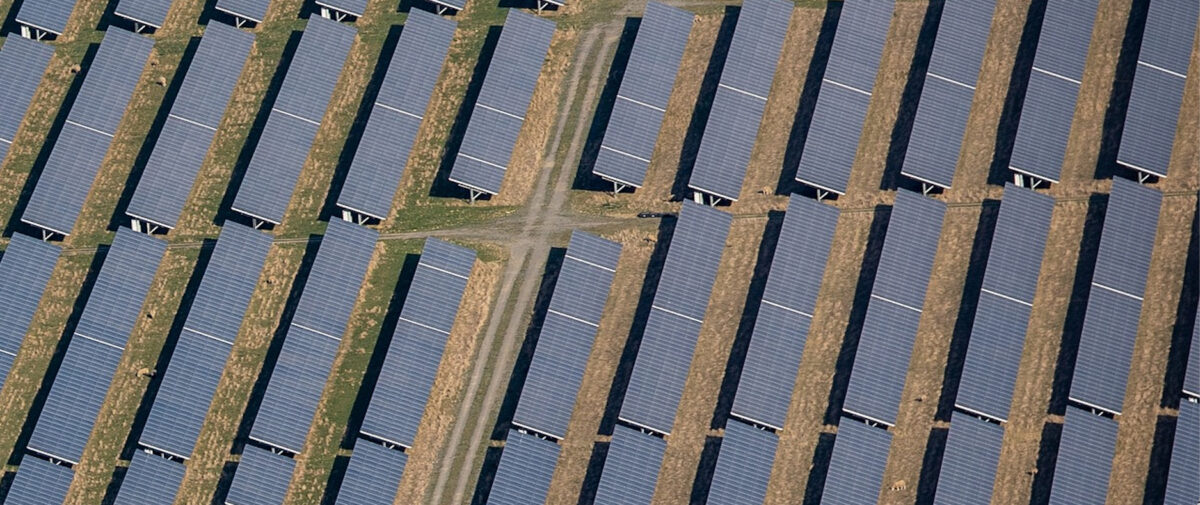Agrivoltaics is an experimental agricultural method that combines solar energy and crop production by placing solar panels higher than traditional solar farms to accommodate grazing animals and allow more sunlight to reach plants growing beneath them. This approach could be beneficial for both energy generation and crop production. Less direct sunlight helps keep plants cooler during the day, allowing them to retain more moisture and thus require less watering. The solar energy and increased land-use efficiency could increase revenue for farmers, protect access to fresh food for local communities, and add more than 100,000 rural jobs without affecting crop yield very much. However, researchers are still sorting out the best ways to implement agrivoltaics systems and it's also an expensive upfront cost. Despite the challenges, Agrivoltaics projects are being installed around the world, with electricity production capacity from agrivoltaics projects growing from about five megawatts in 2012 to more than 14 gigawatts last year.
Source: MIT Technology Review

